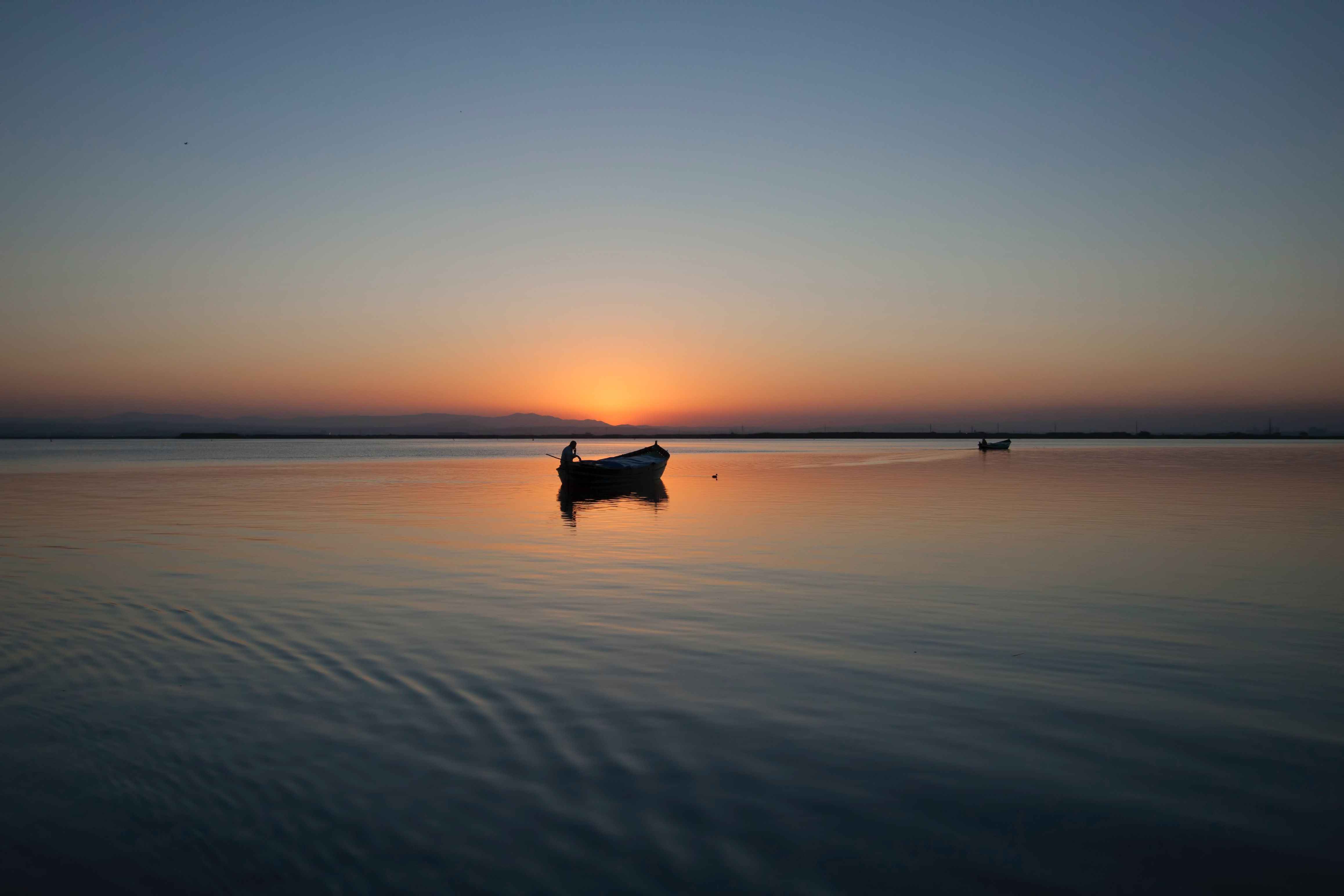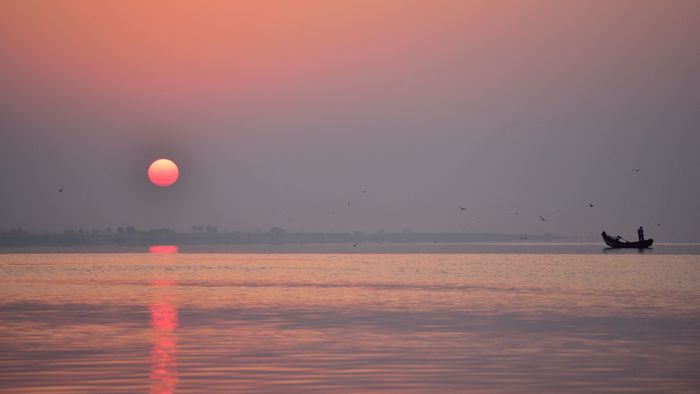Here Comes the Sun: Tips on Using Sunlight in Fishing
There are different ways to use light in fishing. Here are the best tips on using sunlight - or the lack of it - in fishing.

Fish are cold-blooded animals, which is why a hot day can make them sluggish just as they would be during winter. This is because oxygen in the water decreases during high light or the lack of it, making fish considerably less active and more selective about what they chase in the water.
Now that we know fish can’t regulate their internal body temperatures and that the amount of sun can directly impact their behavior and bodily functions, you must head out into the waters at the right time.
While you may not be able to stop the glare of the sun, you can adapt and find ways to lessen its effect on your fishing. With that said, let’s take a look at some ways to deal with the sun.


Daybreak, Twilight, Overcast, and Drizzles
Fishing when the sun is but a faint hazy glow is optimal. Whether it’s those quiet, dreamy hours in the morning or the transition from day to night, fishing during these times is generally agreed to be best. Dusk, sunrise, sunset, daybreak, twilight – there are many names for the "sweet spot" or "golden hour" of the day as it's often called.
During this time that the light transitions, you can try throwing out a little chum or a taste test of some bait to get a better grasp of where the fish are. But be ready – sometimes the fish can start feeding voraciously and unexpectedly.
Surprisingly, a light drizzle or a little rain is a great time to fish as well, as long as you don’t mind donning a raincoat and getting a little wet. Not only does the rain flush out nymphs and baitfish, but the cover of low light and overcast skies somehow calls out the fish to start feeding.
If you're more "new school" and don't mind using a bit of technology to better your chances, fish finders and water temperature gauges can provide real-time readings on temperature. Using these tools can provide you with a wealth of information so that you know how to position your lines better.
Lures D'oeuvre
The lack of light also determines what lures are more effective since you’ll generally always want to match the water’s color. In saltwater, when the sun makes everything appear green, green lures would be more efficient. If the water appears brown, then a cola-colored lure might be wiser to use. Those with a matte finish are better to use in low light conditions, while reflective ones are best for when the sun is fierce.
Angles and Shades
If you’re familiar with the fable of Icarus, anglers could do well to learn from it – don’t fly fish too close to the sun.

The smart play would be to keep the sun at your back or behind you because fish will generally do the same. You’ll want to avoid the direct glare of the sun as much as possible, so adjust yourself accordingly to the sun’s position. Species such as brown trout are notorious for avoiding the sun’s direct light and it will take a catastrophic event to force them to swim in that direction.
However, you also need to pay attention to your shadow and where it casts its shade. As much as possible, you want to angle yourself in a way so that your shadow doesn’t fall on the area you’re targeting because you’ll tip off the fish to your presence. Some anglers use structures, such as bushes or trees, to hide from view to position themselves better.
Typically, when the sun’s position is 30-degrees above the horizon, its light penetrates the water more effectively, resulting in more shadows and clearer visibility. When there are no shaded areas for these fish to hide in, it can directly impact your angling – the fish are more skittish and more prone to flee from what you present in front of them. During these times, presentation matters, and using dry flies or nymphs are often more effective when you have no choice but to cast in the glare of the sun.
However, objects and structures on the shores, whether man-made or nature-made, create shadows on the water. Your goal is to minimize the glare but to find just enough illumination so that you can still see what’s beneath the surface. Even if the fish aren’t biting in the particular shaded spot, you can at least pick up some valuable information on other aspects of the environment you’re in – turbidity, the flow of water, or where fish other than your target species are swimming in.
There are several fish such as trout that love the shadows and go out of their way to seek shaded spots when the sun is out. Largemouth bass on the other hand, hunt with their eyes and use the shadows as camouflage to blend in with the background. No matter how unlikely it might seem, there are usually fish squeezing into those tiny crevices of shadows you see on a hot day. When you cast towards the shaded areas, you’ll be surprised at what you might snag.
Docks and boathouses usually offer great shade and lighting conditions for both angler and prey. Look at the pilings and see if there are bluegill or redfish swimming between them. Check for any aquatic plants in the shade and keep a close watch for areas where the vegetation transitions to sandy bottoms. You can do some intel gathering first by observing a spot from multiple angles so that you can plan the best approach.
Aside from keeping your skin from getting burned or risking dehydration, staying in the shade will also benefit your angling. So even if you have to walk, wade or drift for hours or miles just to find that perfect cradle of shade, it just might be the difference between a full net and an empty one.




